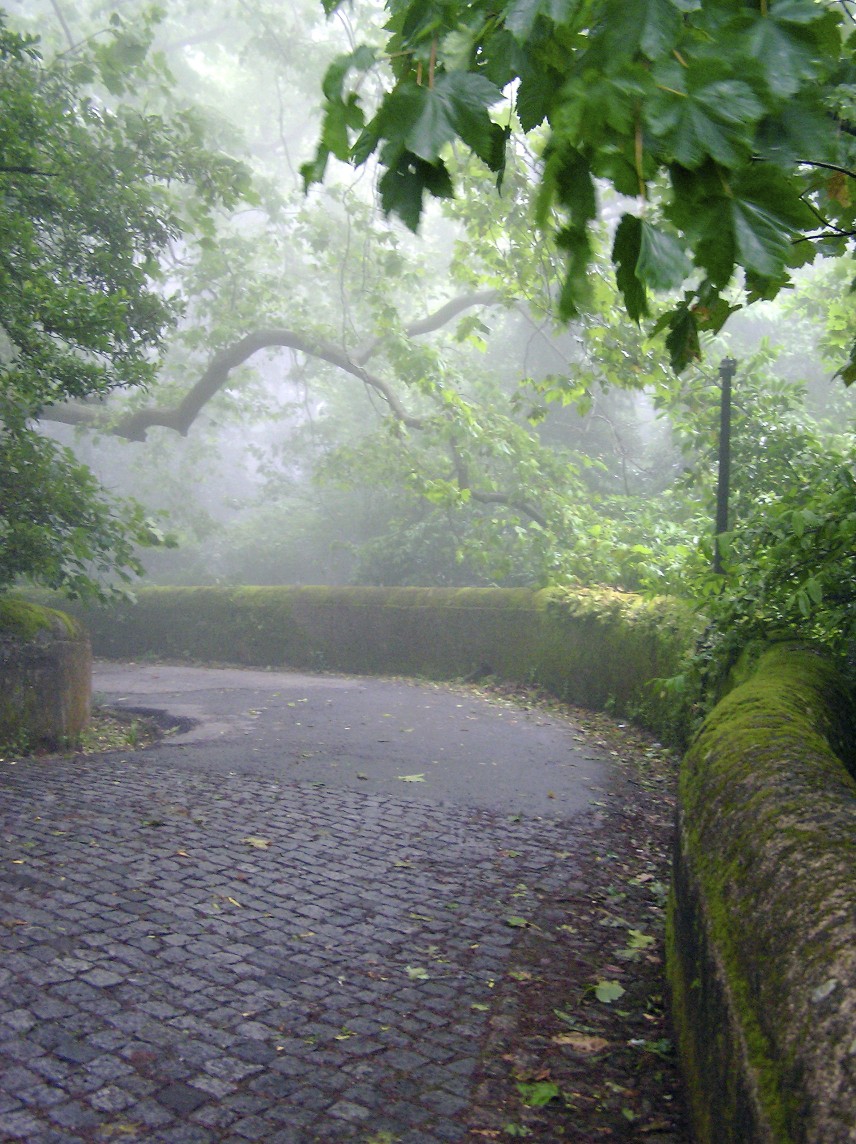
Sanctuaries clearly are temporary systems; however, these systems are to be found in many other settings. As Matthew Miles (1964) noted many years ago, temporary systems are to be found throughout our society. Examples of temporary organizational systems that Miles offered at the personal level include psychotherapy, confessional sessions and personal growth programs as temporary systems. At a collective level, temporary systems include carnivals, theater, celebrations, games, retreats, workshops, conferences, task forces, project teams, coffee breaks, and office parties. How do we create these systems in the organizations in which we work and communities where we live? How do we replicate systems that are comparable to the sanctuaries I have described?
Temporary systems can take on many different forms. Some provide short-term, ad hoc settings in which new methods or products are tested out as a “wind tunnel” for new ideas. Others provide regularly convened alternative structures, in which all or many members of an organization can identify and solve problems, communication, and manage conflicts in ways that are not usually employed in daily work life. I will turn to these “collateral organizations” shortly. Some temporary systems enable employees to try out a new skill without fear of failure (a “dress rehearsal”). Other temporary systems enable employees to get a taste of the end point to which they are striving. Regardless of the forum which these systems take, they provide a way in which to face the breeze of freedom and avail ourselves of its benefits.
There is a key insight to be offered at this point. We are most likely to be aligned with and benefit from the breeze of freedom when challenge and support are balanced. As Nevitt Sanford (1966) suggested many years ago, we learn and thrive in temporary systems that allow not only for the presence of difficult problems but also for resources that are adequate to revolve these problems. According to Csikszentmihalyi (1990) work and life in an organization or community can often be either quite boring or profoundly anxiety provoking. It is in the threshold between boredom and anxiety that we find rich occasions for personal and collective learning. It is in this threshold that we are most able to benefit from the breeze of freedom.
On behalf of freedom, we can influence the directions and culture of our organizations and communities when we help create conditions that are both challenging and supportive. Our attempts to encourage change (which inevitably increases challenge) must be matched with a comparable concern for support and nurturance. We are looking for temporary systems when and where this balance is achieved. Stated in more metaphoric terms, we must find a chalice and a blade when creating a temporary setting. As Rianne Eisler (1987) has suggested, we mold a chalice to contain the anxiety and direct the energy (Sanford’s support), while also wielding the sword of change and transformation (Sanford’s challenge). The sword helps to mobilize creativity and energy in the first place while the chalice makes it safe for this mobilization to occur. The chalice and blade allow us to learn and flourish in the face of freedom.







